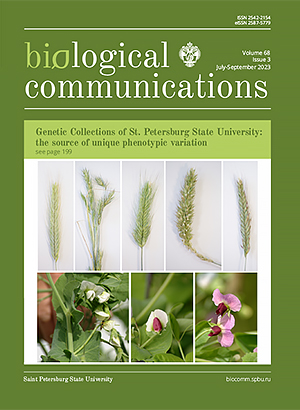Ethanolic extract of Aloe arborescens stimulates neonatal rat calvarial cells proliferation, migration and osteogenic differentiation
DOI:
https://doi.org/10.21638/spbu03.2023.303Abstract
The medicinal plant Aloe arborescens Miller has chemical compounds that could stimulate the activity of bone-forming cells, but no studies have been found in this regard. We evaluated the effects of different dilutions of aqueous (1/10; 1/100; 1/1000) or ethanolic (1/1000; 1/2000; 1/5000) extracts of parenchyma from A. arborescens on the viability, proliferation, migration and osteogenic differentiation of primary cell cultures from neonatal rat calvaria. In none of the conditions studied did cell viability decrease (p ≤ 0.01). Furthermore, the 1/5000 ethanolic extract dilution showed a positive effect on cell viability at 48 h and 72 h and the latter was correlated with a 27 % (p ≤ 0.01) increase in cell proliferation. Ethanolic extract significantly stimulated cell migration and cultured mineralization with respect to control, showing the maximal effect at a dilution 1/5000. Together, the results show that the A. arborescens extracts do not have toxic effects. In addition, ethanolic extract stimulates proliferation, migration and osteogenic differentiation of rat calvarial cells, suggesting a potential bone anabolic action.
Keywords:
osteoblast, proliferation, migration, osteogenic differentiation
Downloads
References
Downloads
Published
How to Cite
License
Articles of Biological Communications are open access distributed under the terms of the License Agreement with Saint Petersburg State University, which permits to the authors unrestricted distribution and self-archiving free of charge.





